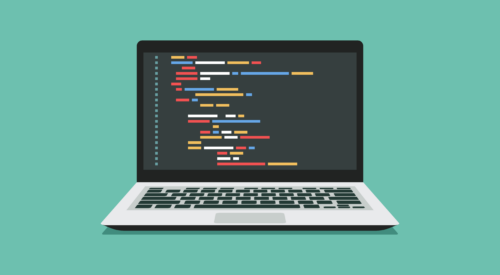
From Punched Cards to Prompts
AndroidIntroduction When computer programming was young, code was punched into cards. That is, holes were punched into a piece of cardboard in a format...
Users expect to interact with your company when and how they choose. This can include via the web, mobile applications, chatbots, voice assistants, and wearable devices. To maximize your company’s potential customer base and customer satisfaction, you need a multiexperience development strategy: a plan for delivering consistent, high-quality apps across a multitude of platforms.
Facing users’ expectations to interact on a variety of platforms, many companies struggle to provide a high-quality customer experience across all of them. It can be a challenge even to keep feature parity between the web and a single mobile platform. As a result, companies will often pick either iOS or Android to launch on and defer their entry onto the other mobile platform until later, limiting their potential customer base. As each of these apps evolves over time, development speed slows down. The functionality of the apps on different platforms drifts as new features don’t make it onto every platform. Bugs appear as different platforms use slightly different logic to interpret data. When it is this challenging just to target web and mobile platforms, adding even more platforms like chat, voice assistants, and wearables is a non-starter.
Failing to provide a high-quality experience for users across different platforms risks losing users on those platforms. Users perceive the apps as out-of-date and unreliable. Large segments of users who prefer to use other platforms will reach for competitors that have offerings on them. The result is the loss of users to competitors with broader reach across platforms.
To avoid this problem, you can use a multiexperience development strategy to satisfy and retain those customers. A multiexperience development strategy is a plan for delivering consistent, high-quality apps across a multitude of platforms. There is no off-the-shelf solution to this that meets the quality demands of the market. Instead, companies will need to apply their application engineering capabilities in an intentional way to come up with their own approach.
When you are thinking about creating a multiexperience development strategy internally or finding a partner to work with you, here are some important areas to plan:
Technology selection, API-first development, cross-team collaboration, and speed of delivery will all significantly impact your company’s ability to implement an effective multiexperience development strategy.
As you are evaluating your internal resources and potential partners, Big Nerd Ranch would be happy to help. We have a breadth of experience developing for platforms ranging from web, native mobile, cross-platform, and platforms such as chat, voice, and wearables. Our API-first strategies, team collaboration, and speed-of-delivery tooling can help give you momentum developing world-class apps for the right platforms.

Introduction When computer programming was young, code was punched into cards. That is, holes were punched into a piece of cardboard in a format...

Jetpack Compose is a declarative framework for building native Android UI recommended by Google. To simplify and accelerate UI development, the framework turns the...

Big Nerd Ranch is chock-full of incredibly talented people. Today, we’re starting a series, Tell Our BNR Story, where folks within our industry share...
